Introduction
Jackfruit, the colossal tropical fruit native to South and Southeast Asia, has recently surged in global popularity. Revered for its meaty texture when unripe and its sweet, aromatic flavor when ripe, it has become a darling of vegan cuisine and exotic food enthusiasts alike. But beyond its use as a meat substitute or a standalone snack, jackfruit has quietly carved a niche in the world of preserves: jackfruit jam. This unconventional spread raises a tantalizing question: Is jackfruit jam a delightful fusion of sweetness and complexity, or does it fall short of traditional fruit jams? To answer this, we must delve into the fruit’s origins, its culinary versatility, and the nuanced art of transforming its flesh into a jarred delight.
The Rise of Jackfruit: From Tropical Trees to Global Pantries
Native to regions like India, Bangladesh, and Thailand, jackfruit (Artocarpus heterophyllus) has been a dietary staple for centuries. A single fruit can weigh up to 80 pounds, earning it the title of the world’s largest tree-borne fruit. Its exterior, a mosaic of greenish-yellow bumps, hides a fibrous, yellow-hued flesh encasing large seeds. Historically, communities relied on jackfruit for its nutritional density—rich in vitamin C, potassium, and dietary fiber—and its ability to sustain families during monsoon seasons when other crops were scarce.
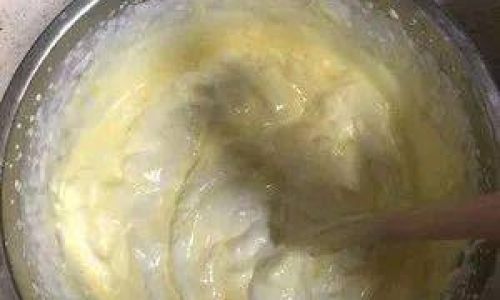
In recent years, jackfruit’s culinary reputation has expanded beyond its role as a survival food. Chefs and food innovators have embraced its unripe form as a plant-based alternative to pulled pork or chicken, thanks to its shreddable texture. Meanwhile, the ripe fruit’s natural sweetness—a blend of pineapple, mango, and banana notes—has inspired candies, ice creams, and, yes, jams. But does this exotic fruit’s flavor profile translate seamlessly into a spreadable preserve?
The Anatomy of Jackfruit Jam: Flavor, Texture, and Preparation
At first glance, jackfruit jam seems like a paradox. The fruit’s flesh is notoriously watery and fibrous, qualities that might seem ill-suited for a thick, glossy jam. However, culinary alchemy comes into play. When cooked down with sugar, lemon juice, and spices, the fruit’s fibers soften, and its natural pectin (a carbohydrate found in fruits that aids gelling) helps achieve a spreadable consistency. The result is a jam that balances sweetness with a subtle tang, punctuated by the fruit’s tropical undertones.
Flavor Profile: A Symphony of Sweet and Tangy
The taste of jackfruit jam is best described as a harmonious blend of familiar and exotic. On the palate, it offers initial sweetness reminiscent of pineapple or mango, followed by a mild, almost floral finish. Unlike strawberry or raspberry jams, which rely on bright acidity, jackfruit jam leans into a gentler tanginess, often enhanced by a squeeze of lime or lemon during the cooking process. Some artisanal producers amplify its complexity by adding spices like cinnamon, star anise, or cardamom, creating a preserve that doubles as a gourmet condiment.
Texture: From Fibrous to Velvety
One of the greatest challenges in making jackfruit jam is addressing the fruit’s inherent fibrosity. Overcooking can reduce it to a mushy consistency, while undercooking leaves it stringy. Master jam-makers employ techniques like slow simmering, frequent stirring, and blending to strike the right balance. The end result is a jam with a luxurious, almost velvety texture, though purists argue that a few intact fibers add rustic charm.
Versatility: Beyond the Toast
While jackfruit jam shines on toast or scones, its versatility extends far beyond breakfast. Food bloggers and chefs have experimented with it as:
- A glaze for grilled meats or tofu: Its sticky sweetness caramelizes beautifully when brushed onto proteins.
- A filling for pastries: Layer it between puff pastry sheets or use it in thumbprint cookies.
- A mixer for cocktails: Blend it with rum or vodka for a tropical twist.
- A topping for yogurt or oatmeal: Elevate breakfast bowls with its vibrant flavor.
This adaptability begs the question: Could jackfruit jam become a pantry staple, or does its uniqueness confine it to niche status?
Cultural Perspectives: Tradition Meets Innovation
In jackfruit’s native regions, preserving the fruit is nothing new. Traditional recipes for chakka varatti (a Kerala-style jackfruit preserve) involve cooking the fruit with jaggery (unrefined cane sugar) and ghee, resulting in a dense, caramelized spread. However, modern jackfruit jam diverges from these time-honored methods by embracing minimal sugar, alternative sweeteners, and unconventional flavor pairings.
In Thailand, for example, some producers infuse jam with lemongrass or chili flakes, catering to adventurous palates. Meanwhile, Western brands often prioritize a smoother texture and milder sweetness, appealing to those new to the fruit’s flavor. This cultural cross-pollination reflects a broader trend: the globalization of cuisine, where traditional ingredients are reimagined for contemporary tastes.
Health Considerations: A Guilt-Free Indulgence?
For health-conscious consumers, jackfruit jam offers several advantages over conventional spreads. With fewer calories per tablespoon than many commercial jams, it’s a lighter option for weight-watchers. Its high fiber content aids digestion, while vitamins A and C provide antioxidant benefits. Additionally, vegan and gluten-free formulations cater to dietary restrictions.

However, not all jackfruit jams are created equal. Store-bought varieties may contain added preservatives or excessive sugar, diluting the fruit’s natural goodness. Homemade versions, on the other hand, allow for complete control over sweetness and ingredients, making them a healthier—albeit more labor-intensive—alternative.
The Critics’ Corner: Why Some Remain Unconvinced
Despite its merits, jackfruit jam has its detractors. Skeptics argue that its flavor is too mild to compete with bold fruits like strawberry or apricot. Others criticize its texture, likening it to “overcooked applesauce” or dismissing its lack of tartness. Price can also be a barrier: a single jar of artisanal jackfruit jam may cost twice as much as mainstream options.
Moreover, accessibility remains an issue. While jackfruit is increasingly available in Western supermarkets, finding premium jam can require a trip to specialty stores or online retailers. This exclusivity positions it as a luxury item rather than an everyday essential.
DIY Jackfruit Jam: A Labor of Love
For the intrepid home cook, making jackfruit jam is a rewarding endeavor. The process begins with selecting a ripe fruit—one that yields slightly to pressure and emits a sweet, floral aroma. After removing the flesh from the core and seeds, the fruit is simmered with sugar, lemon juice, and spices until it reaches a jam-like consistency.
Recipe Highlights:
- Ingredients: 4 cups jackfruit flesh, 1 cup sugar, 2 tbsp lemon juice, 1 tsp vanilla extract (optional).
- Method: Cook over low heat for 45–60 minutes, stirring frequently to prevent burning.
- Tips: Add a pinch of salt to enhance sweetness, or experiment with ginger or cinnamon for depth.
While time-consuming, this DIY approach allows for customization and ensures a fresh, preservative-free product.
Conclusion: To Jam or Not to Jam?
The verdict on jackfruit jam hinges on personal preference and culinary curiosity. For those enamored with tropical flavors and textural complexity, it offers a refreshing departure from ordinary spreads. Its versatility in both sweet and savory applications further broadens its appeal. However, its mild sweetness and fibrous heritage may disappoint those seeking the bold, one-note punch of traditional jams.
Ultimately, jackfruit jam represents a fascinating intersection of tradition and innovation. It challenges preconceived notions of what a jam can be, inviting adventurous eaters to savor the unexpected. Whether slathered on toast, swirled into yogurt, or used as a secret ingredient in a glaze, this golden preserve proves that even the unlikeliest fruits can find their place in the pantry—one jar at a time.
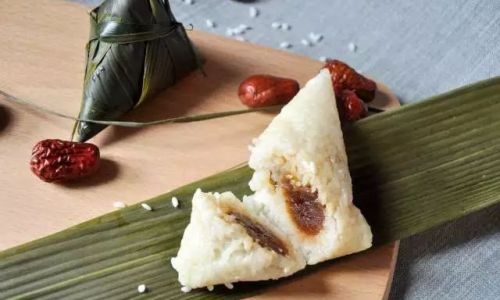

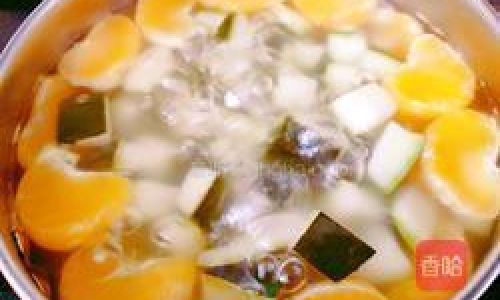
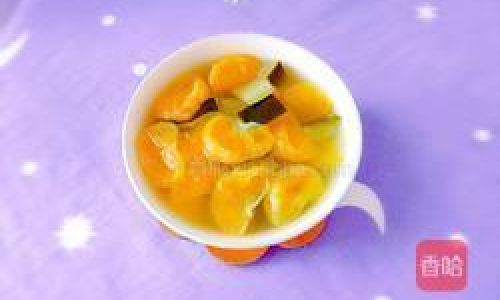
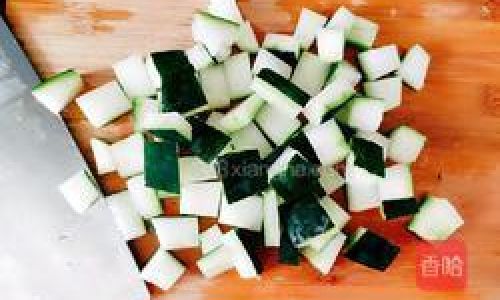
0 comments